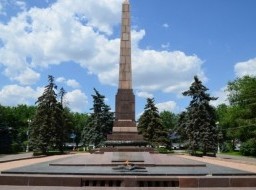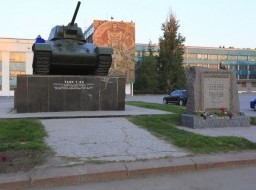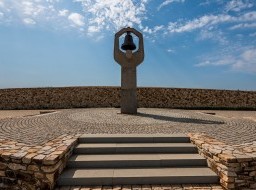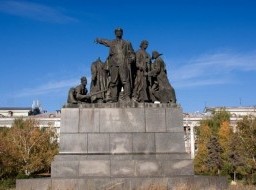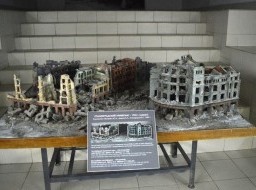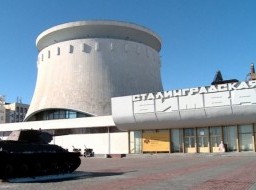Ruins of the mill
The Gergardt mill is one of the symbols of Volgograd and the Battle of Stalingrad. One of the thousands of buildings destroyed in the days of the battle, it was left untouched as a monument, as a clear indication of what was Stalingrad in 1943. And today she makes a strong impression on everyone who sees her for the first time. For a long time the bloody battles of the Great Patriotic War that killed millions of lives of Soviet soldiers and civilians were noisy. But even today a new generation who knows about them only from books, films and stories of participants of those events, which every year becomes less, can see monuments reminiscent of that terrible tragedy. One of them, undoubtedly, is the mill of Gergardt (Volgograd). This is a building destroyed during the Battle of Stalingrad, which was decided to be left in ruins, as a memory to the descendants of bloody battles. This is one of the symbols of Volgograd, only one of the thousands of buildings that were destroyed during the war with fascist Germany. The Gergardt Mill: History Who are the Gerhards? Fire Reconstruction This was required to protect the structure from vibrations arising from the work of flour milling machines. This measure, much later, predetermined the incredible stability of the building in those terrible trials that fell on its share. Description of the structure Almost the entire territory from the mill to the Volga berth was occupied by wooden outbuildings, a narrow-gauge railway was laid to the Volga Railway. In the neighborhood there were flour milling and smoky industries also owned by Gerhardt. Later, a trading house was opened here. The years of Soviet power Despite the renaming, the inhabitants of the city still called the mill the name of its founder. The Battle of Stalingrad The building of the mill was occupied by soldiers under the leadership of Lieutenant V. Chervyakov. By September 20, Zabolotnogo and Pavlov's houses, the Gergard mill, have become key centers of the city's defense. Nearby, where the House of Officers is today, were the positions of the enemy. From the defensive point, which was located on a gentle slope, the Soviet commanders controlled the place of the alleged ferry to the eastern shore. Our troops launched an offensive in the Mamayev Kurgan area in January 1943. The Gergard mill, which was in partial encirclement for 58 days, withstood the direct hits of aerial bombs, as well as countless enemy attacks. The mortar and artillery fire was so intense that there was not a meter left on the southern, northern, western walls of the structure, not visited by bullets. The mill of Gergard became not only an impregnable fortress for the enemy, but also allowed the Soviet soldiers to recapture Pavlov's house, which is across the street from the mill. From the eastern (Volga) side, the building was damaged minimally. The mill survived the days of massive attacks only due to sufficient vibration resistance and increased strength of the reinforced concrete frame. Postwar years In the seventies of the last century the construction of the famous panorama museum "The Battle of Stalingrad" began. This unique museum covered the ruins of the mill of Gergardt from all sides with overpasses, leaving the building inside the courtyard, to which there is no access today. Prior to the beginning of the eighties, excursions were held in the mill building, but today this building is recognized as a historical reserve. Today you can only see the ruins outside. |

